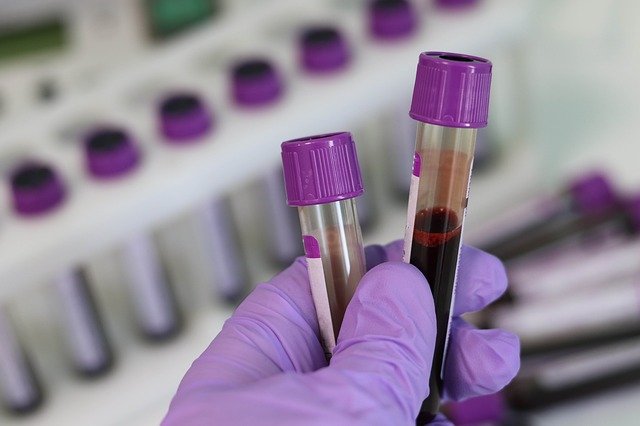
In a recent study, researchers found that statin side effects can predict the failure to meet LDL cholesterol (‘bad’ cholesterol) targets.
Reducing LDL cholesterol could slow the progression of coronary heart disease.
The study is from Drammen Hospital, Norway.
Although the European guidelines recommend a blood LDL cholesterol goal of less than 1.8 mmol/l, only one in five cardiac patients taking lipid-lowering drugs achieve this.
In the current study, the team examined the reasons why cardiac patients do not achieve the LDL cholesterol target.
They enrolled 1,095 patients with a first or recurrent coronary disease, including heart attack, coronary artery bypass graft, and coronary stent.
The researchers found that 57% of patients were not meeting the LDL target of 1.8 mmol/l at follow-up.
Statin specific side effects (mainly muscle complaints), low statin adherence, and moderate- or low-intensity statin therapy were the main reasons for failing to meet the target.
Patients with statin side effects were more than three times more likely to miss the LDL cholesterol target than those without side effects.
In addition, those who did not take their statins were three times more likely to miss the target than patients who did take them.
The team also found that patients prescribed moderate- or low-intensity statins were 62% more likely to miss the target than those prescribed high-intensity statins.
The links between non-adherence and intensity of statin therapy on LDL cholesterol are likely explained by the pharmacological effects of the drug.
The researchers suggest that not taking the prescribed amount of statins or being prescribed a weaker statin means there is less drug in the body to act and lower LDL.
The study also found that the use of high-intensity statins was much more frequent in patients who achieved the cholesterol target.
The lead author Dr. John Munkhaugen is a cardiology trainee and post-doctoral researcher.
The study is published in the European Journal of Preventive Cardiology.
Copyright © 2018 Knowridge Science Report. All rights reserved.
Source: European Journal of Preventive Cardiology.



